Too Much of a Good Thing – Why Fragrance Layering Often Goes Wrong
Celebrated as self-expression, layering can ruin what perfumers spent years perfecting. scent amor explores why less is more – and when mixing becomes a mistake.
A drop of oud, a mist of musk, perhaps vanilla or a twist of citrus? What sounds like creative freedom often ends in an olfactory misunderstanding. Fragrance layering – the practice of applying multiple perfumes over or next to each other – is frequently celebrated as an expression of individuality. But in truth, it poses more risks than rewards. Not every composition can be expanded at will, not every scent benefits from company. What remains is the insight: some masterpieces are not made to be painted over.

When Composition Turns into Chaos
Perfumes are not created by chance, but with intention. Perfumers are masters of structure; each note has its position, every accord its role – much like in a musical score. Layering directly interferes with this carefully constructed harmony. The result? Often overloaded scent experiences lacking clarity, depth or balance.
Sylvaine Delacourte, long-time perfumer at Guerlain, puts it plainly:
“In the West, many perfumers and purists are opposed to layering – it contradicts the art of telling a story through a fragrance.”
A high-quality Extrait de Parfum unfolds over hours – from top to heart to base, like a journey. Adding external ingredients not only disturbs the harmony – it often destroys the entire narrative. Especially with complex niche fragrances featuring oud, iris, or amber, layering is more disruption than enhancement. What seems like freedom becomes aesthetic overkill – or worse: a nuisance to those around you.
Between Overload and Dissonance
On platforms like Fragrantica and Reddit, reports of headaches, unpleasant mixes and olfactory fatigue are common. The attempt to blend two or three luxurious perfumes often backfires: instead of uniqueness, a chaotic scent trail emerges – one that lacks both depth and identity.
One user summed it up:
“You’re creating something disgusting for those around you – even if it may smell fine to you.”
Even experienced noses like David Seth Moltz (DS & Durga) warn:
“Not every fragrance is made to be blended. Sometimes, a perfect accord turns into complete noise.”
Layering is not an art – it’s a gamble. And at worst, a misunderstanding of fragrance as a medium of self-expression. What remains is not perfume poetry, but olfactory noise.

Lessons from the Kitchen: When Too Much Spoils the Recipe
Imagine preparing a creamy risotto with lemon, sage and Parmesan. Would you then throw in cinnamon, garlic, coconut milk and dill seeds? Likely not. Too many ingredients ruin the flavor – even if each one is refined on its own. The same principle applies in fine fragrance. Overmixing often erases what makes each scent special: its clarity, its shape, its resonance.
Perfume is not a construction kit. It is a signature. A poem in scent. And poems are made to be read – not rewritten.
Better Alone: A Fragrance That Needs No Companion
Take Filippo Sorcinelli SANTA CASA Extrait de Parfum – a scent that rests in itself like a prayer. Incense, myrrh, balsam and the solemn quiet of sacred walls: this is pure olfactory art. Any added note would be intrusion.
Or consider Cristian Cavagna MURICE IMPERIALE – a marine fragrance that merges salty Mediterranean air with creamy ambergris, iris and musk. Composed with such still grandeur that any addition would only drown its beauty.
These fragrances prove: A strong creation needs no enhancement. Only your attention.
Conclusion: A Statement Against Fragrance Layering
Layering is not elevation – it’s a risk: to your aura, your identity, your scent narrative. Constantly mixing new formulas shows not creativity, but uncertainty. True elegance lies in wearing one fragrance with confidence – like a well-cut suit or a precise word. At scent amor, you’ll find perfumes that require no embellishment. They speak for themselves. And they speak for you.

Our advice? Don’t do it. Choose wisely. And only wear what you truly feel – not what you try to disguise.
But in the End – It’s Personal
Still – perfume is personal. If you find joy in mixing scents, in experimenting and playing: go ahead. No one can tell you how to express yourself in scent. But be aware: not every blend becomes a masterpiece. Sometimes it’s magic – sometimes it’s a mess. And that’s okay. The freedom to try is yours.
Respect the Work Behind the Work
Perfume is not spontaneous – it is the result of years of dedication. Master perfumers work for months, sometimes years, on a single creation. They test hundreds of trials, reject dozens of versions, fine-tune proportions and transitions until a true olfactory work of art emerges. Every accord is placed with intention, every note carries responsibility – like a symphony.
Such a fragrance is not a draft to be modified. It is complete. Closed. A pure expression of an idea, a story, a feeling. To alter it afterwards is to break it open – and often to destroy what makes it unique.
Would you paint over a Rothko with stripes, just because you missed yellow? Likely not. Perfume deserves the same respect. For the craft. And for the creation.
Copyright by scent amor © 2025 (grw)
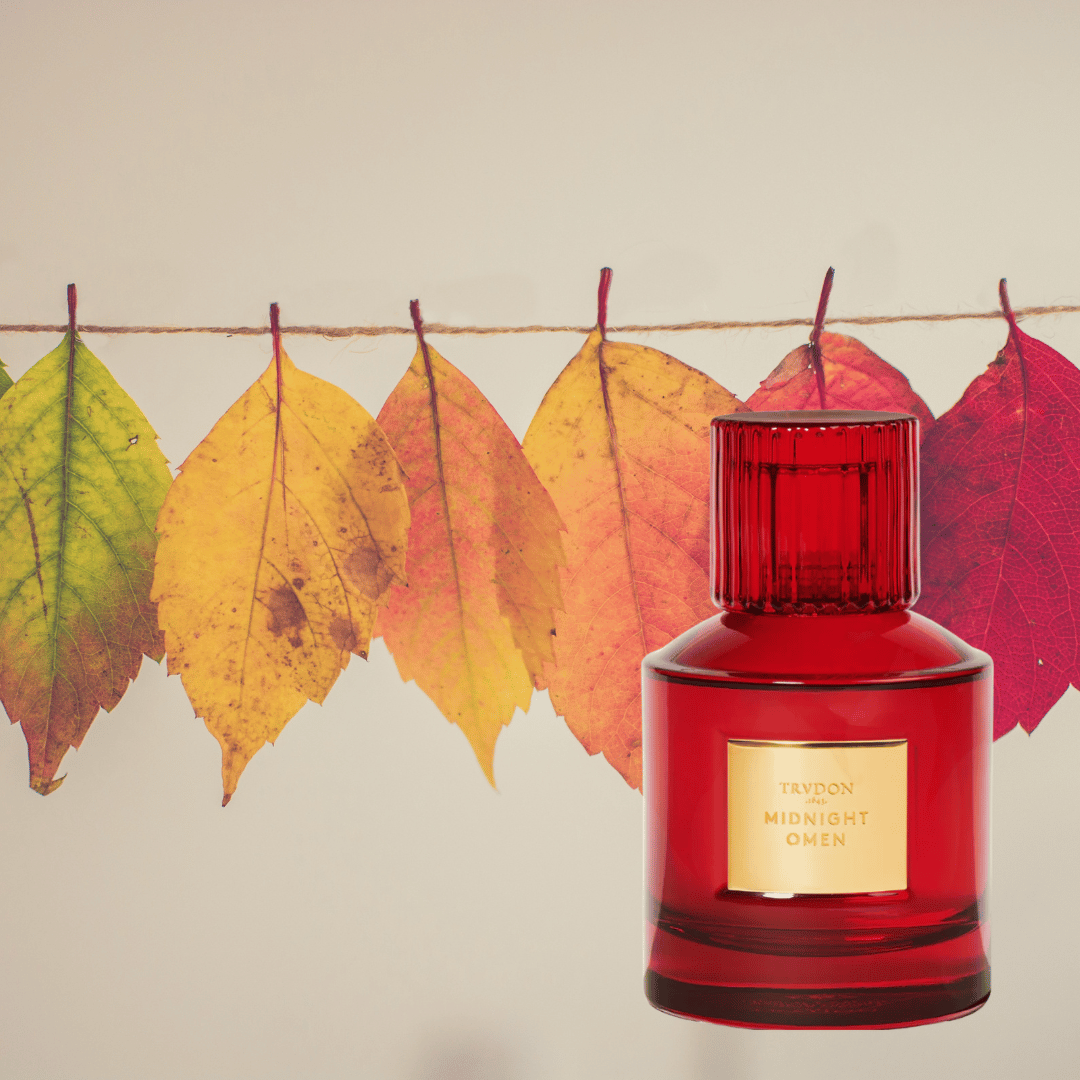
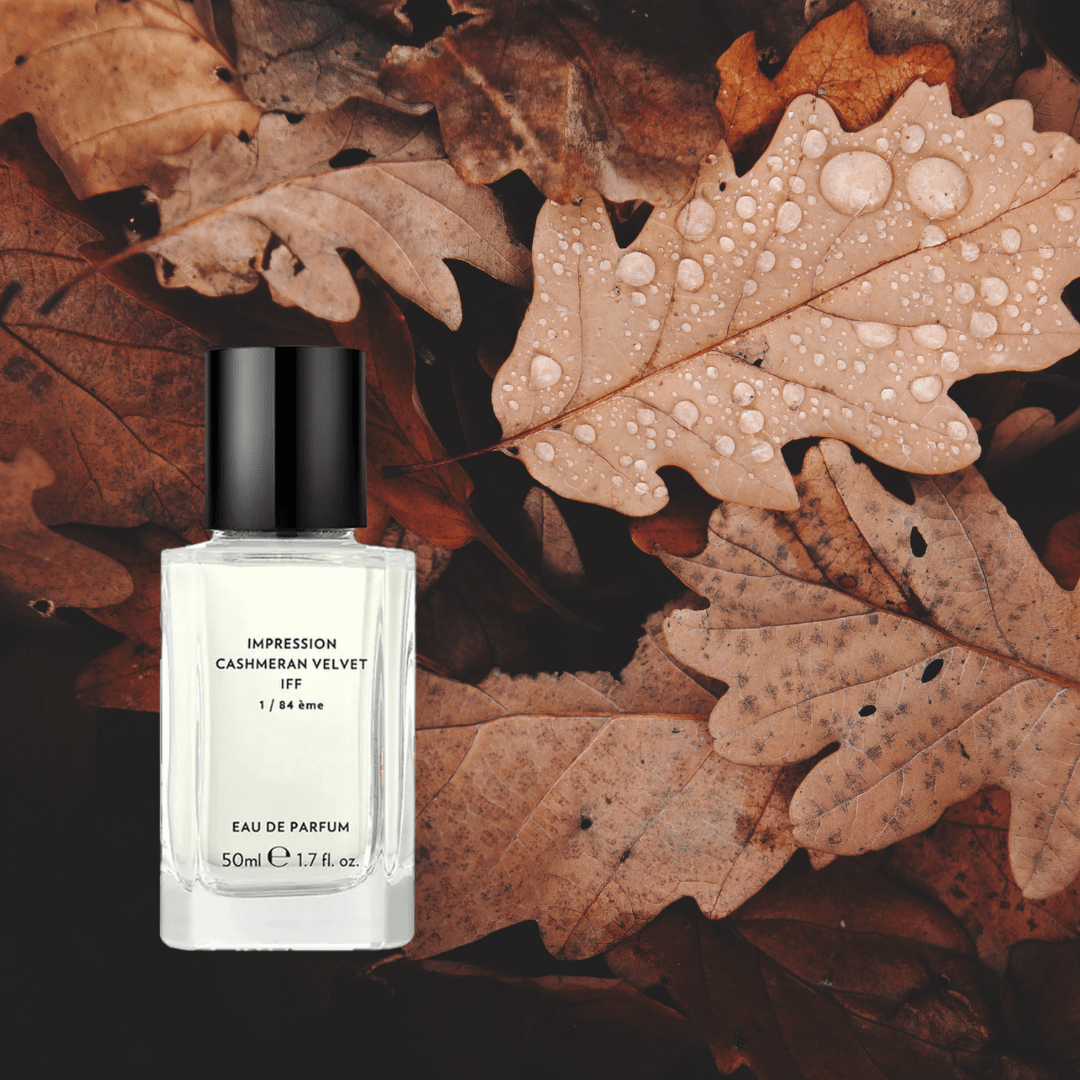

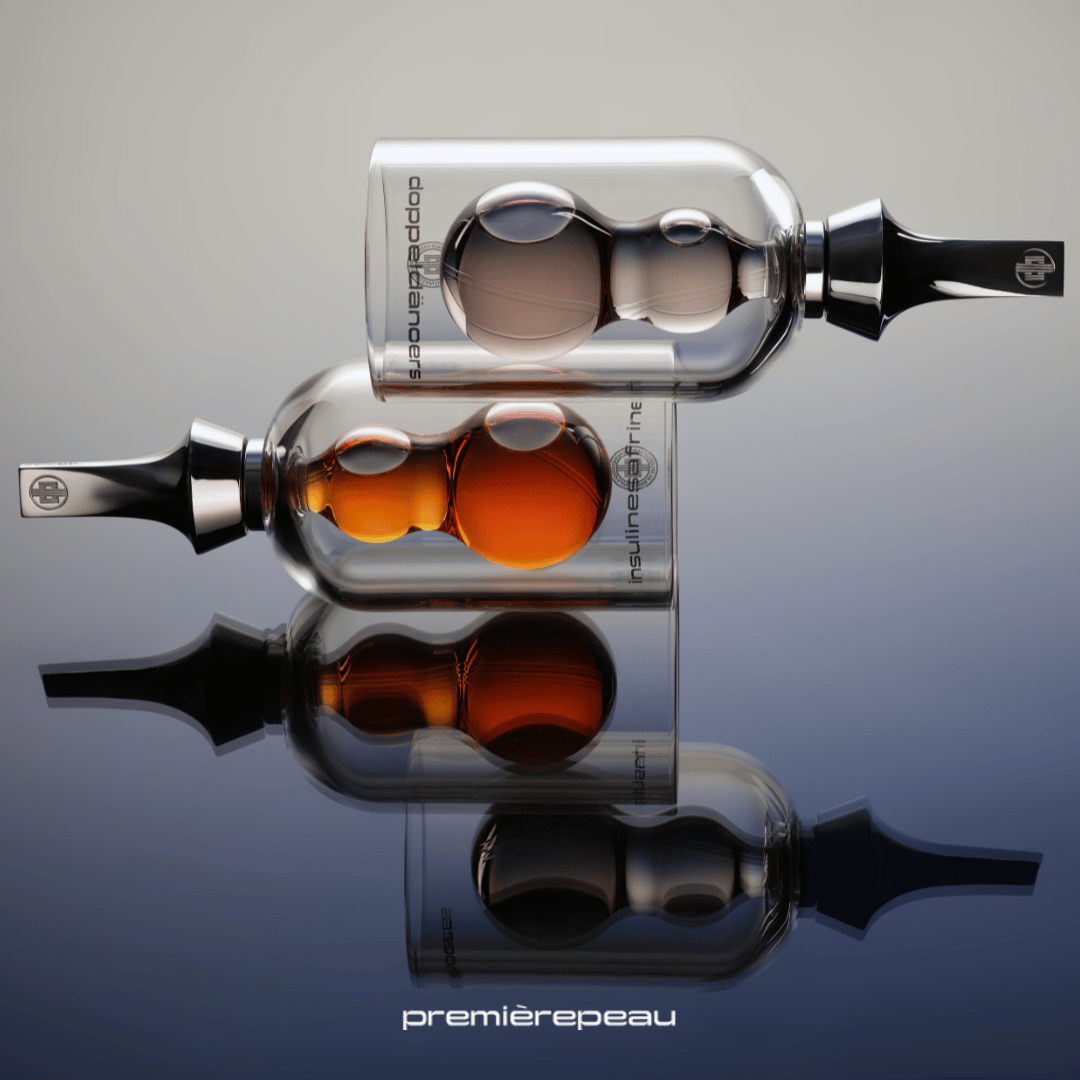
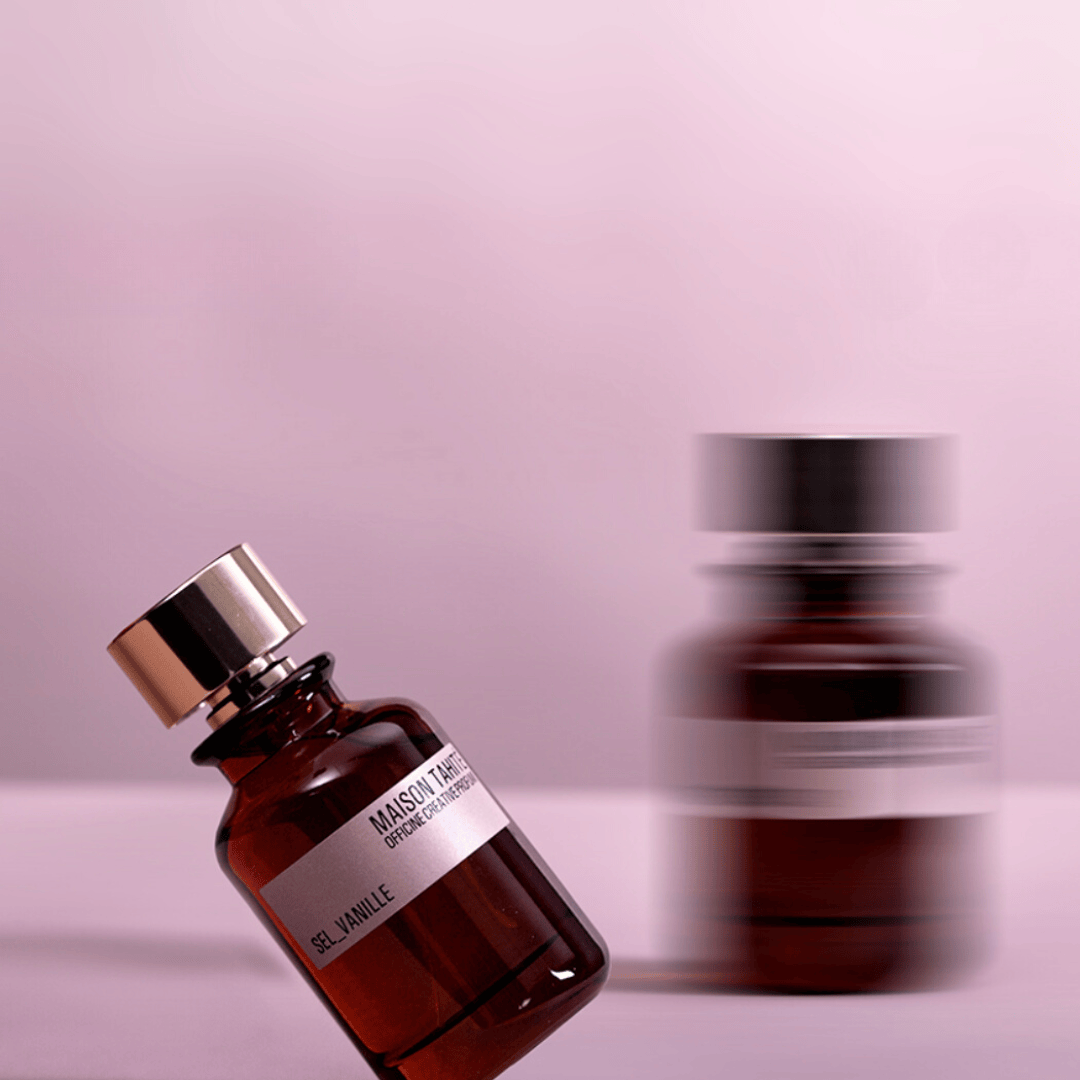
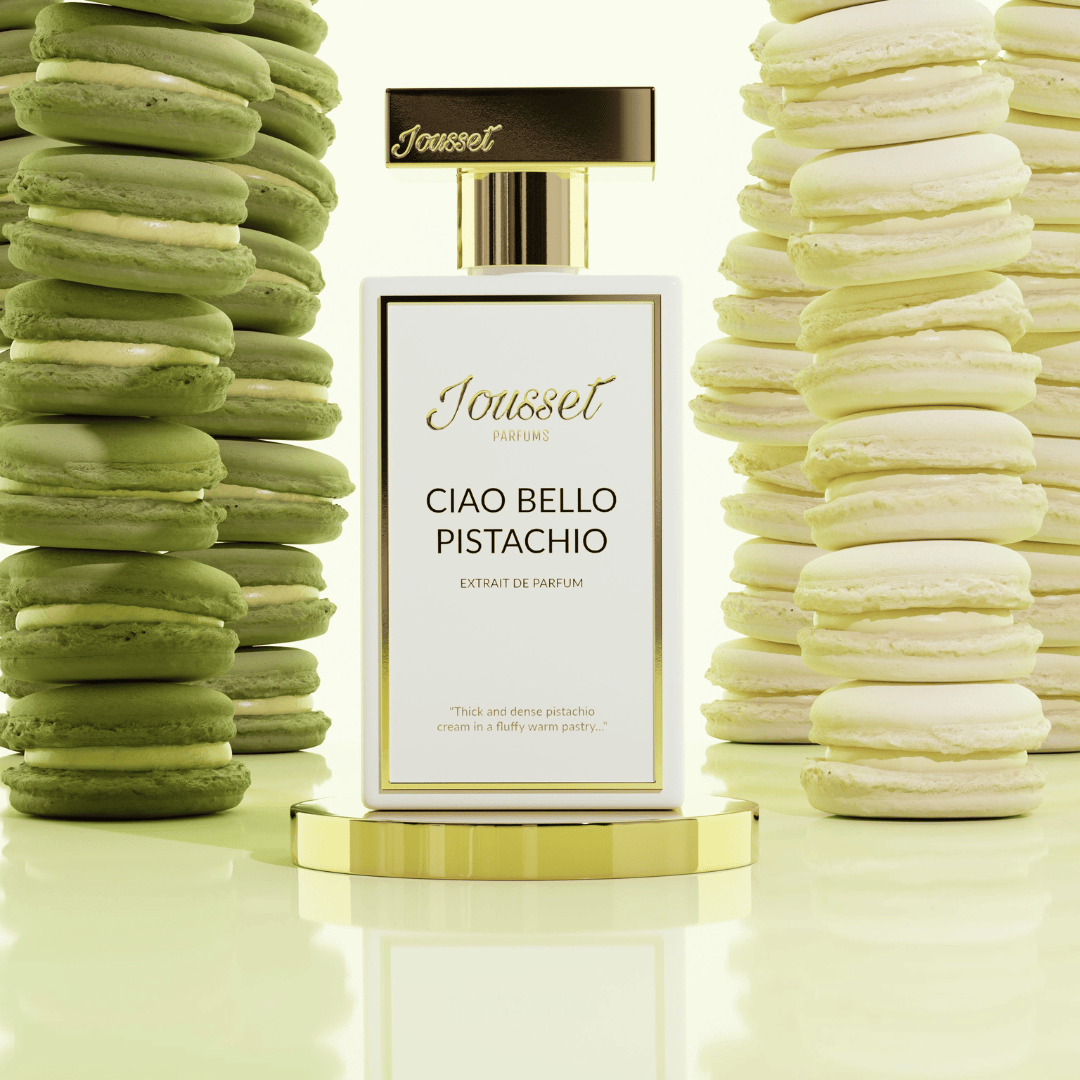
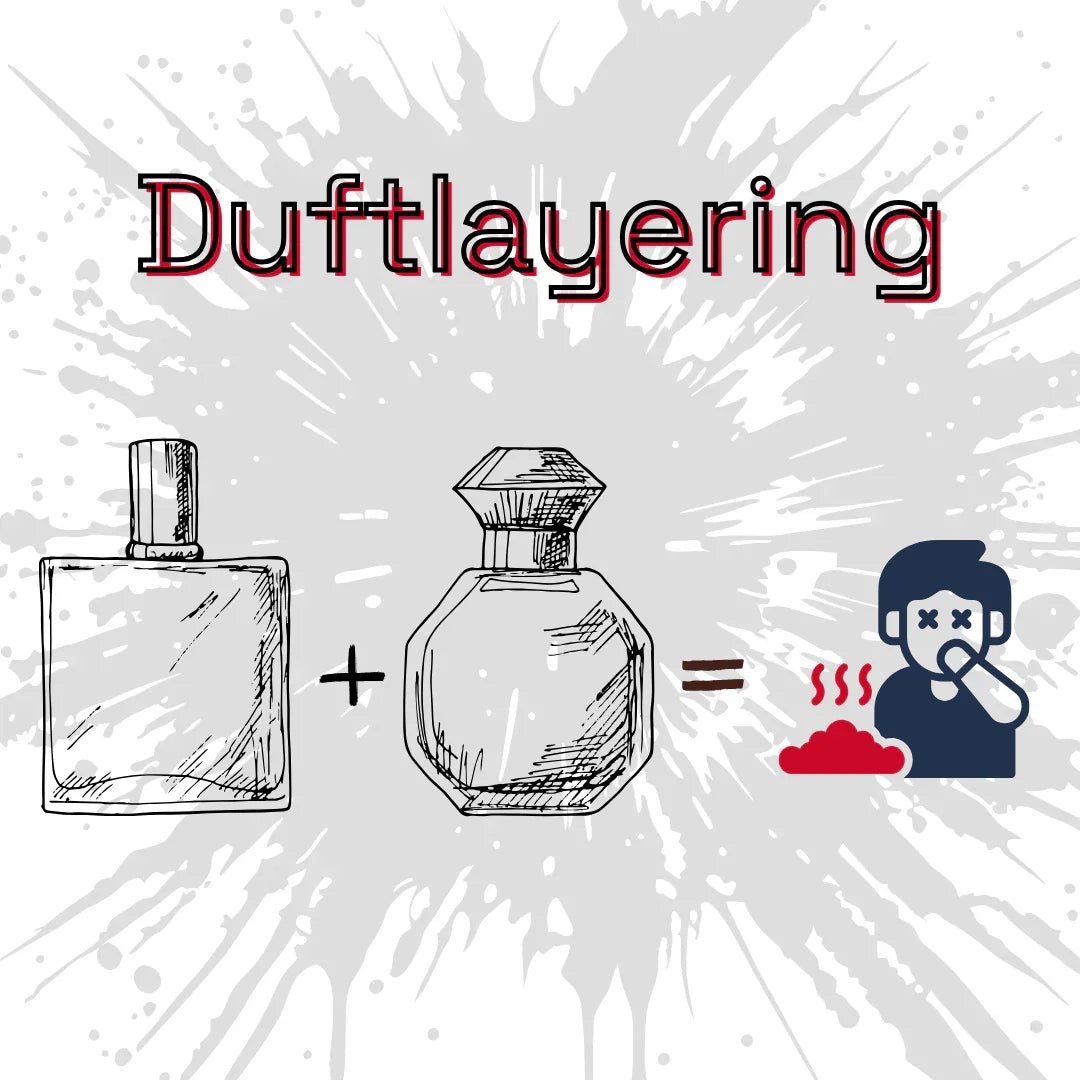
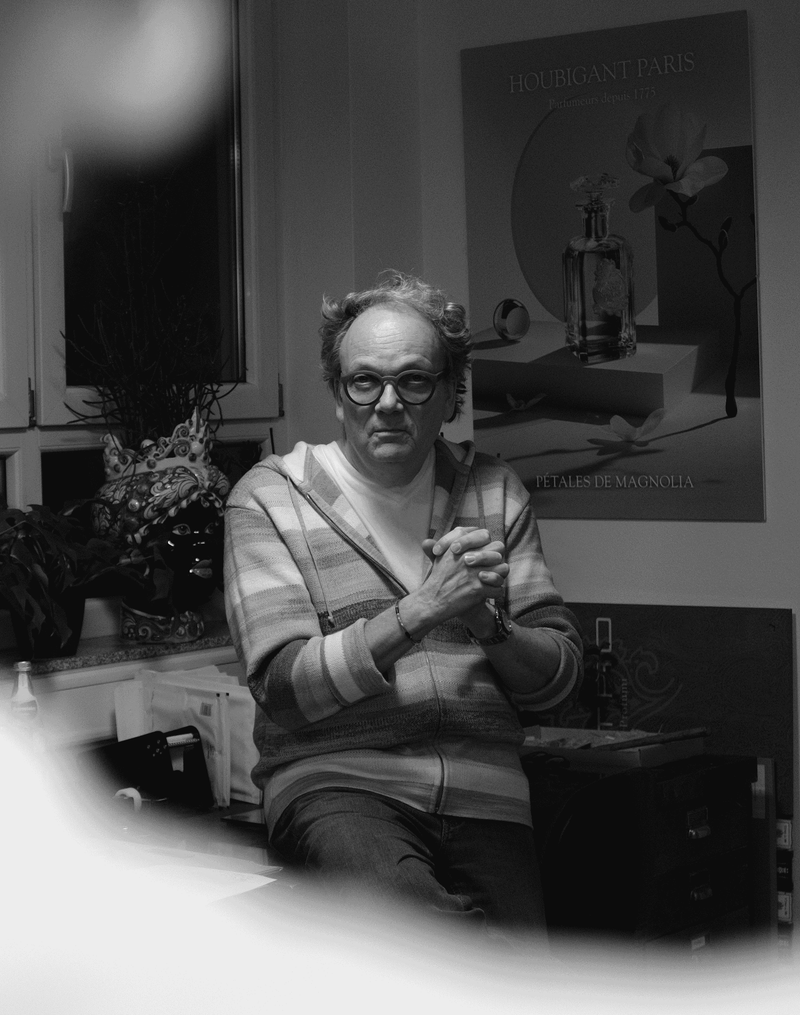
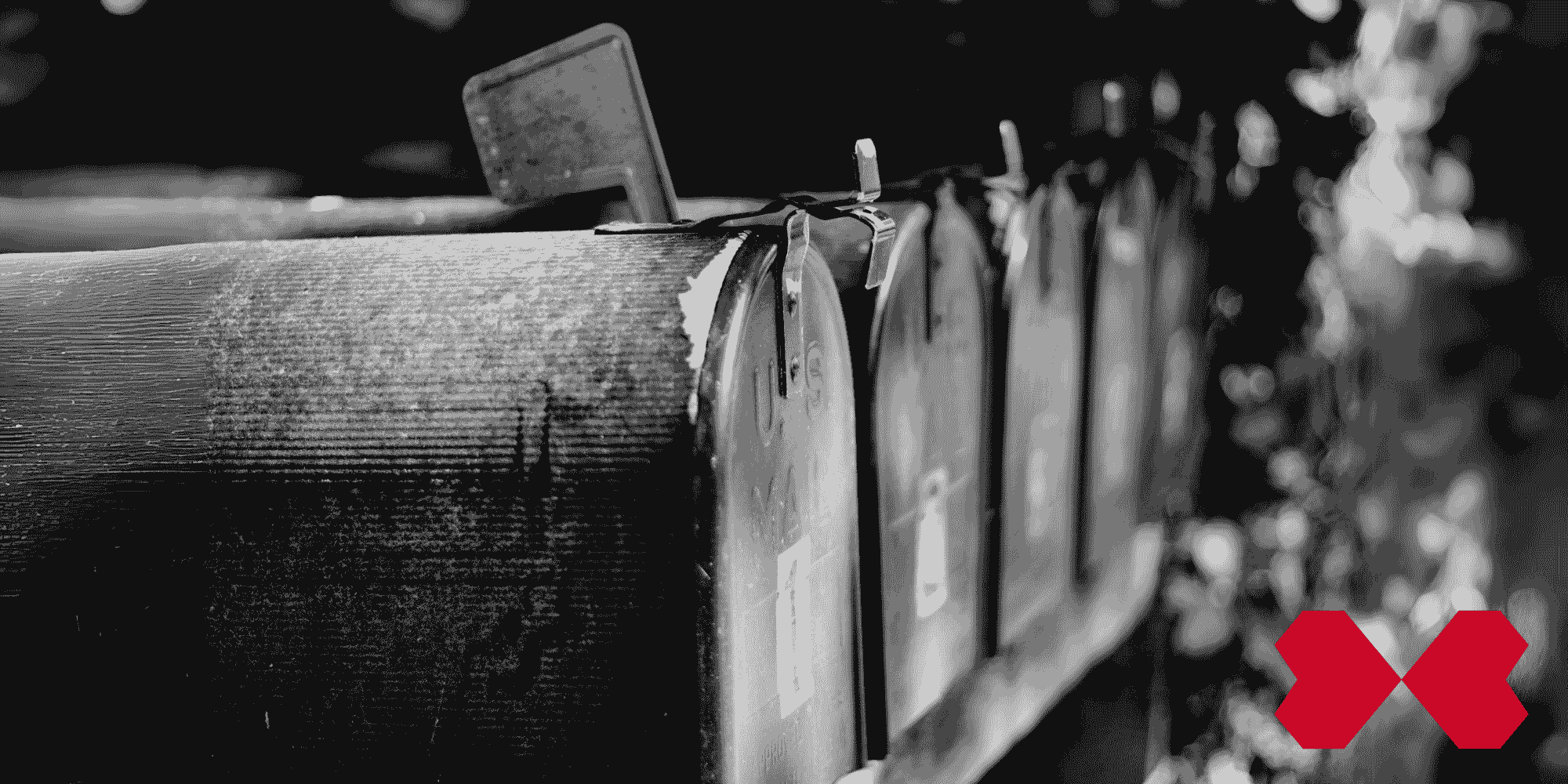
Leave a comment
All comments are moderated before being published.